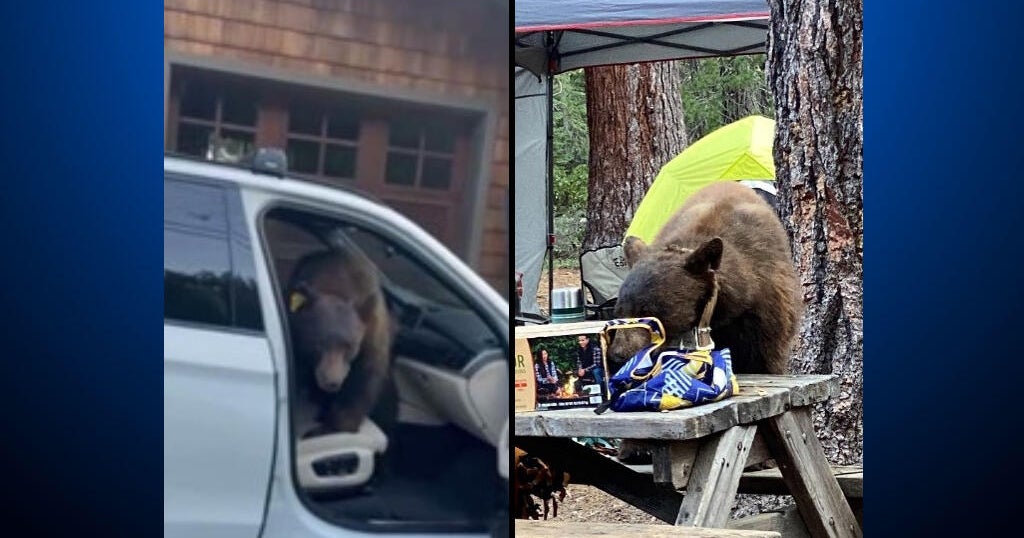'I Was Shocked' - Rare Badger Sighting On Mount Diablo Caught On Camera
MOUNT DIABLO (CBS SF) – Kathy Cutting was still learning about wildlife on and around Mount Diablo when, in early September, she checked the images captured on her trap camera set up in the foothills east of Concord and saw something quite unexpected.
It was an American badger, sightings of which have been reported near the mountain only a handful of times since the 1970s, and never captured on film or electronic video until now.
"I saw it, and I rubbed my eyes and said, 'What?'" said Cutting, a certified California Naturalist and a field studies coordinator with California State University East Bay at its Concord campus. "I was shocked ... and excited."
Also excited about this discovery were staffers with Save Mount Diablo, a Walnut Creek-based land trust nonprofit whose mission is protecting and preserving undeveloped areas in Contra Costa, Alameda and San Joaquin counties for wildlife.
Even though the sighting of one animal doesn't necessarily mean badgers have made a full return to Mount Diablo, Sean Burke said that badgers re-establishing a population there would be a boon to the area's natural order. In addition to helping control the rodent population, badgers expand ground squirrel burrows, helping other animals.
"As 'apex predators,' they affect everything in their ecosystem," said Burke, Save Mount Diablo's land programs director. "Their disappearance definitely was felt, and this (return) is a really positive thing. Predators make ecosystems healthy."
American badgers, members of the weasel family, are indigenous to most of the western three-quarters of the United States, along with parts of southern Canada and northern Mexico. They favor prairie-type habitats, and are most common in the American Midwest.
They are less common in California, but Burke said there is an established population in eastern Contra Costa County. Exactly why they disappeared from Mount Diablo isn't known for sure, Burke said.
But two suspected factors are the frequent use of poison to kill ground squirrels and gophers in past years (which also affects any animals that eat the gophers), and possibly some strain of a distemper-like disease.
The fact at least one badger made it to Mount Diablo, Burke said, suggests that Save Mount Diablo's efforts to conserve enough land to ensure animals have "wildlife corridors" near the mountain are working. Connecting such corridors, he added, is a big part of Save Mount Diablo's mission.
"The more land that's been protected, the better," Burke said.
While there are no specific next steps in badger protection, specifically, Burke said continued land and corridor protection near Mount Diablo will benefit all wildlife there. So too will acting to reduce harm to animals; to that end, Burke said the signing by Gov. Gavin Newsom of Assembly Bill 1788 prohibiting the use of second-generation anticoagulant rodent poison is welcome.
Cutting, whose research is being supported by a grant from the Mary Bowerman Science and Research Program (named after Save Mount Diablo's co-founder), said she will continue to track the wildlife that passes by her trap camera. She'll be looking for more badgers, of course, but there is so much more out there to see, just a stone's throw from suburbia.
"It's just so alive out there," Cutting said. "We have bobcats, turkeys, coyotes, dusky-footed woodrats, opossums, deer, owls, raptors ... we have oodles of animals out here near the urban environment."
© Copyright 2020 CBS Broadcasting Inc. and Bay City News Service. All Rights Reserved. This material may not be published, broadcast, rewritten or redistributed.




